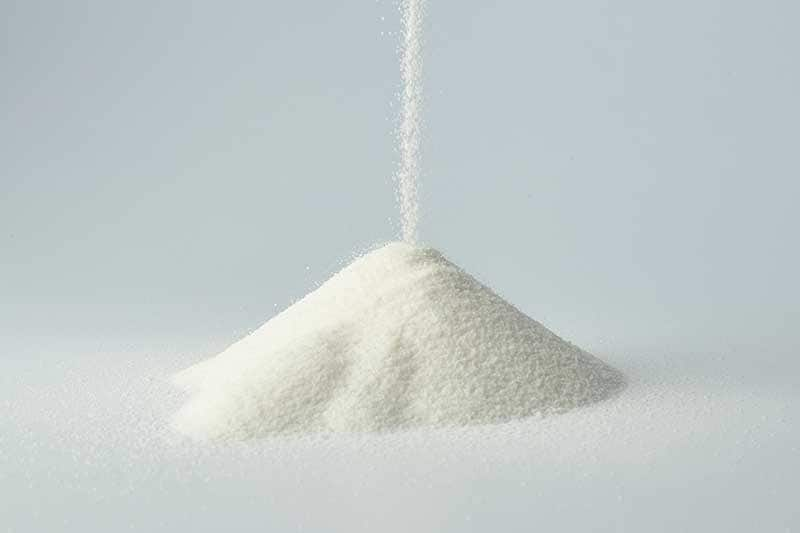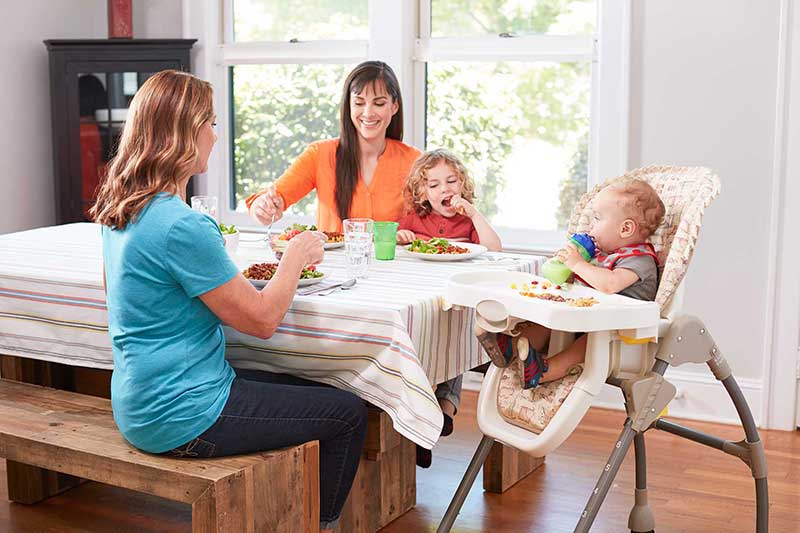How Much Protein Does My Child Need?
Protein is an essential nutrient we all need in our diets that:
- Helps boost energy levels
- Builds strong muscles
- Helps kids' bodies growing
- Aids in repairing injuries
Protein can be found in many different types of food, so meeting the daily recommendation for protein can be relatively easy. Only 10% to 20% of the calories we eat in a day need to come from protein.
Protein requirements will be different based on a child’s age, gender and weight. Do you know if your child is getting enough protein?
In this article:
Daily protein recommendations for kids and teens
Knowing the recommended amount of protein kids need each day is good information, but that doesn’t mean anyone should ever force a child or teen to eat. A child’s growth and development happen over a course of several meals and days.
Take a look at the recommended grams of protein needed each day to help guide you in what foods to offer:
- Children ages 1 to 3: 13 grams
- Children ages 4 to 8: 19 grams
- Children ages 9 to 13: 34 grams
- Girls ages 14 to 18: 46 grams
- Boys ages 14 to 18: 52 grams
Adding protein to your plate
Protein comes in many different shapes and sizes. In fact, Strong4Life registered dietitian Katherine Shary notes, “It is possible for a child to get enough protein without eating any animal products.”
High-protein foods and drinks:
- 1 cup of cow milk or soy milk has 8 grams of protein
- A 3-ounce piece of meat has about 21 grams of protein
- 1/2 cup of cooked black beans has about 8 grams of protein
- 1 individual container (5-6 ounces) of Greek yogurt has 12-14 grams of protein (regular yogurt has about 6 grams)
- 1/2 cup of tofu has 10 grams of protein
More good sources of protein:
- Eggs
- Cheese
- Peanut butter
- Lean meats, fish and poultry
- Lentils and other legumes
- Grains, including bread and pasta
- Nuts and seeds
- Protein-fortified foods, like cereals
High-protein foods your kids might like
Give one of these ideas a try:
- Eggcellent Eggs. Eggs are a great source of protein, from scrambled to hard-boiled. Try scrambled eggs between 2 whole-grain waffles, sliced boiled eggs in a pita with veggies, or make an egg salad sandwich using a combination of half yogurt and half mayonnaise. You can always use cookie cutters to cut sandwiches into fun shapes, too.
- Protein-packed waffles. Skip the syrup and smear a light layer of nut or seed butter on top of waffles, adding warm blueberries for a sweet taste. Try making waffle batter with whole-wheat flour, ground flaxseed or chia seed to give them even more protein.
- Parfaits. Make them fun by using a clear cup. Spoon in a layer of Greek yogurt (which has 2 times the protein of regular yogurt), a layer of fresh fruit, a layer of crunch from cereal or granola, and repeat.
- Dip, dip hooray. Dipping food is a great way to kick up the fun factor. Try these dips for a boost of protein: hummus with pita or veggies, yogurt with fruit or pretzels, and bean and salsa (add a can of drained and rinsed black beans to your favorite salsa) with baked tortilla chips.
- Nacho bites. Spoon your meat of choice (or beans) into scoop-shaped tortilla chips. Add a sprinkle of cheese before baking or microwaving. Finish with salsa and Greek yogurt (Greek yogurt makes a great substitute for sour cream).



